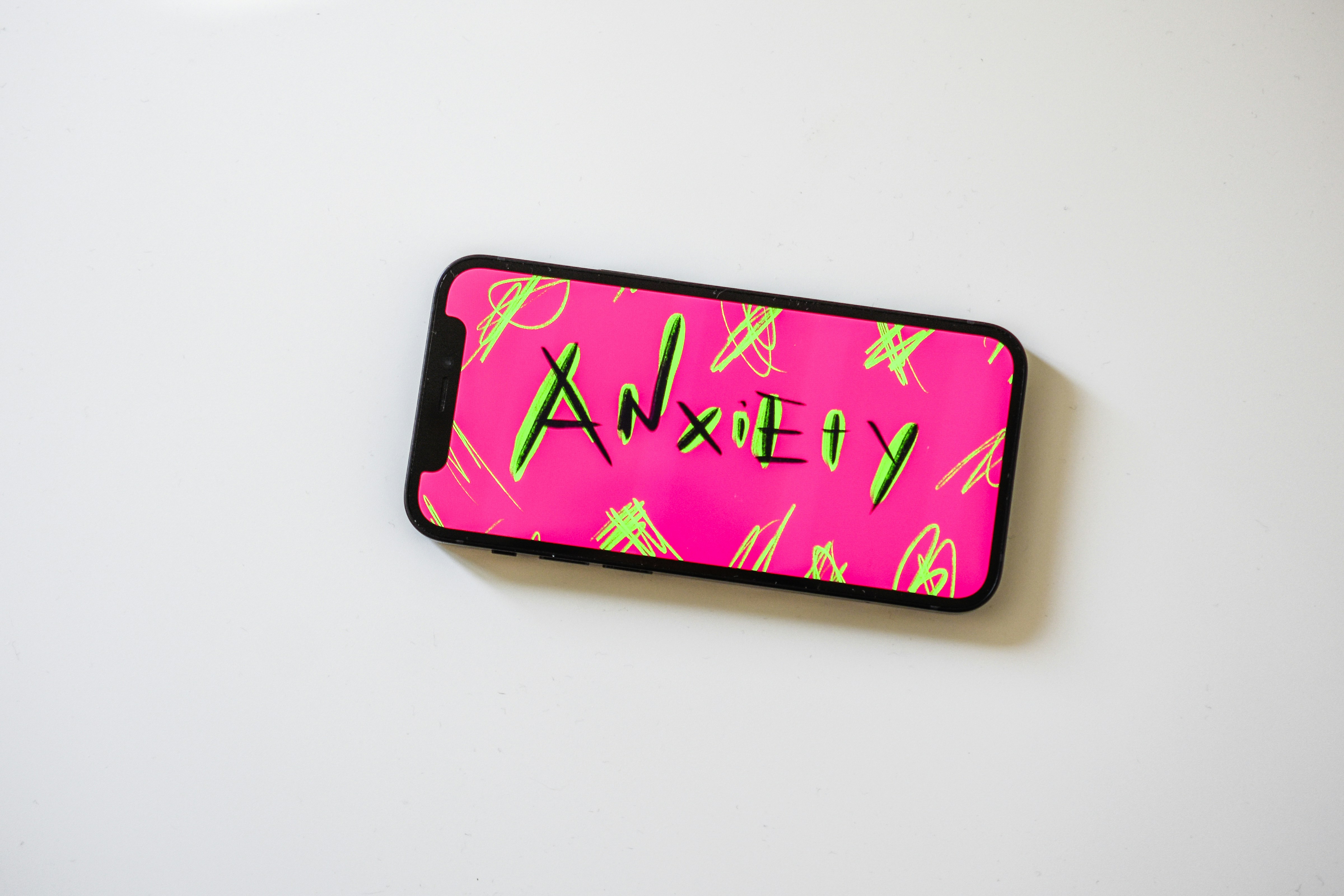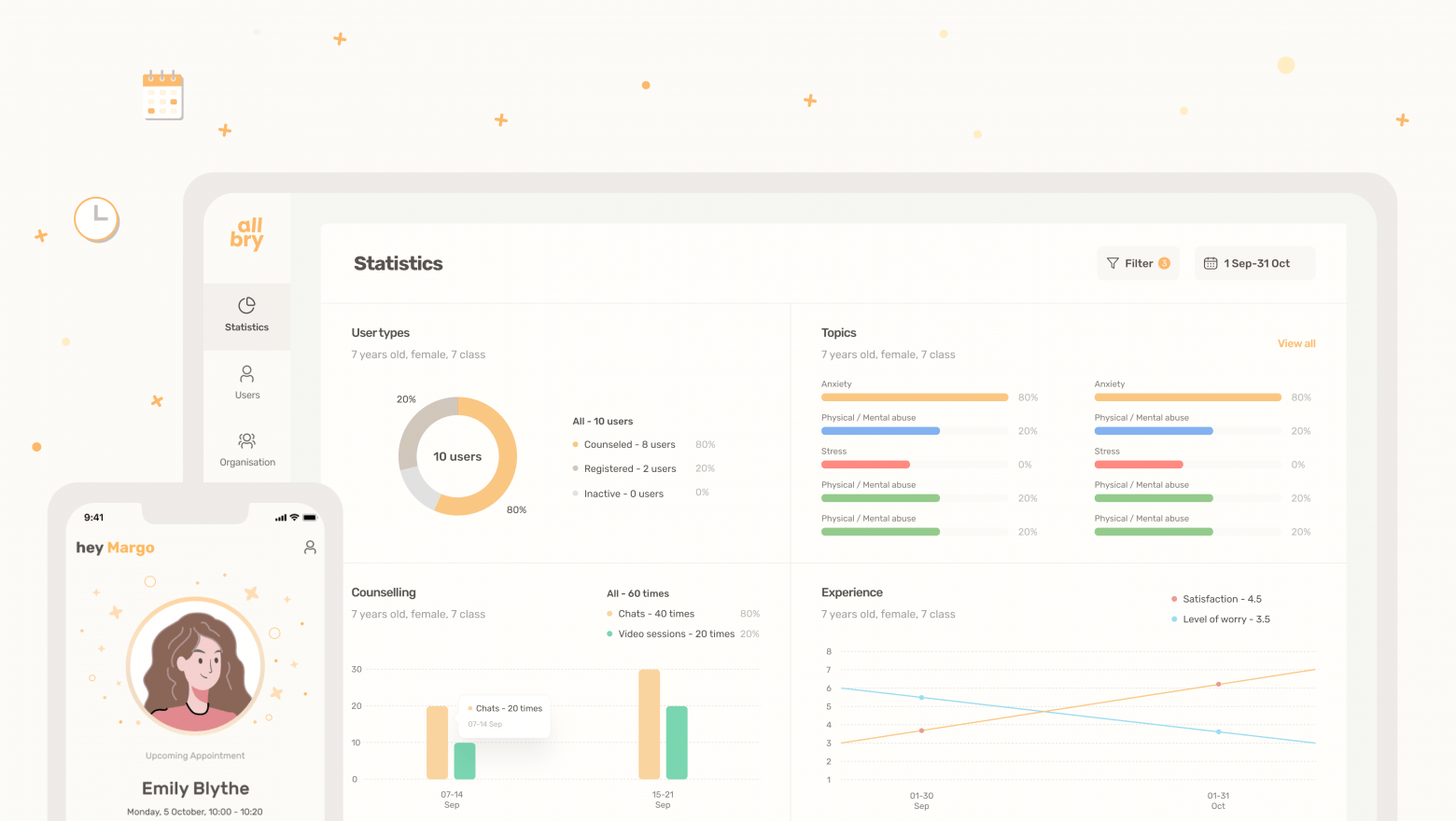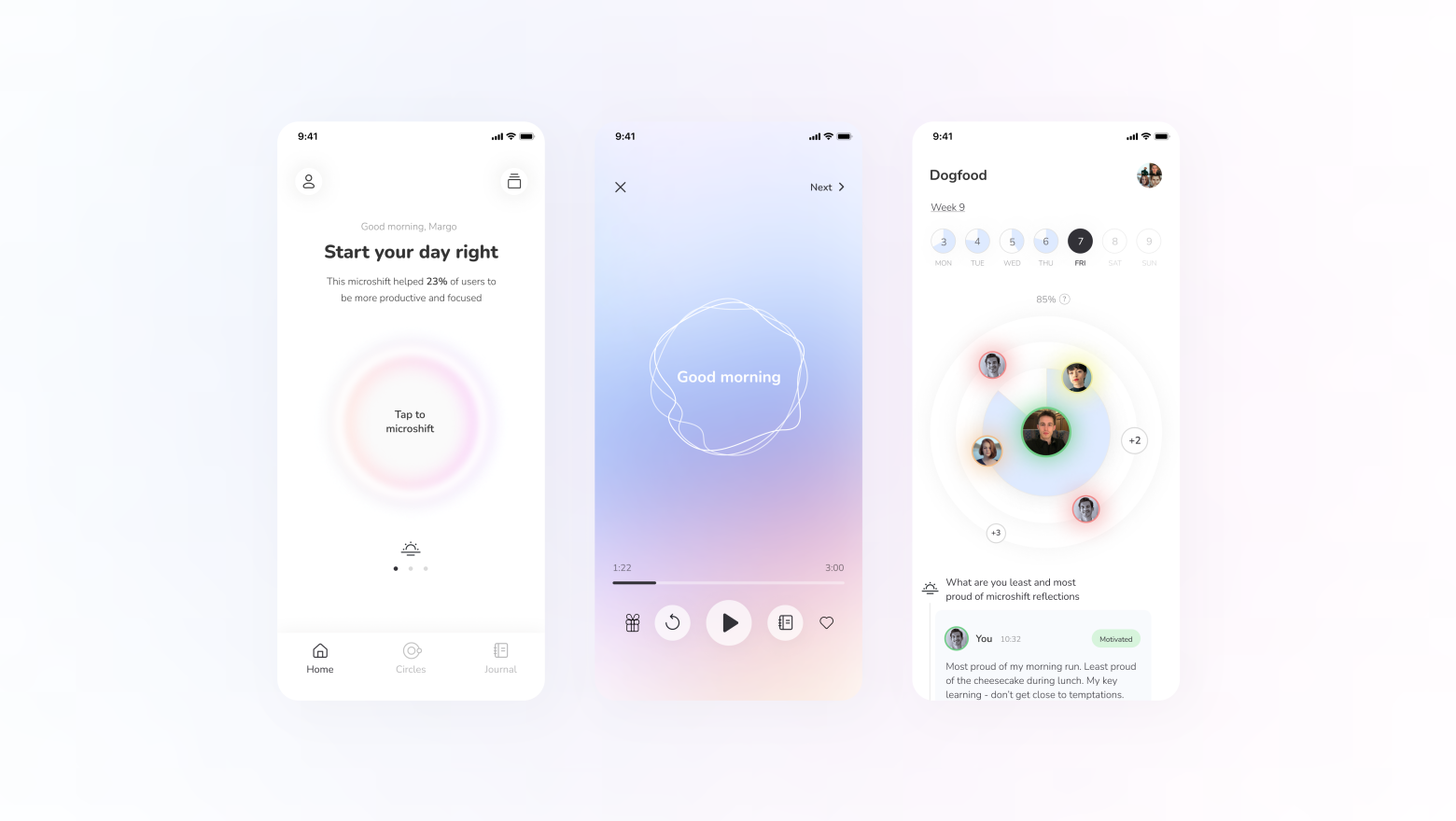Overview of the Mental Health Applications Market
Analysis of statistical data and market research highlights a remarkable growth trajectory within the realm of mental health app development. With the rising demand for accessible mental health solutions, mental health app development has become a crucial area of focus.
Are mental health apps effective? So, Grand View Research’s report indicates that the global market size for mental health apps reached USD 1.40 billion in 2020, projecting a compound annual growth rate (CAGR) of 17.6% from 2021 to 2028. This notable surge is attributed to the escalating prevalence of mental illnesses and an increasing awareness of mental health issues.
These apps are successfully penetrating a diverse user base, catering to various age groups, socio-economic classes, and geographical locations. The widespread adoption, spanning from teenagers to the elderly, underscores the universal relevance and essential nature of these apps in addressing a multitude of mental health concerns. As such, understanding how to create a mental health app that resonates with diverse user groups is paramount for developers.
The competitive landscape of this sector is vibrant, marked by numerous players striving to distinguish themselves through innovation, user-centric designs, and impactful solutions. This competition fosters a continuous cycle of refinement and progress, ensuring the creation of apps that not only respond to user needs but also align with emerging trends and technologies.
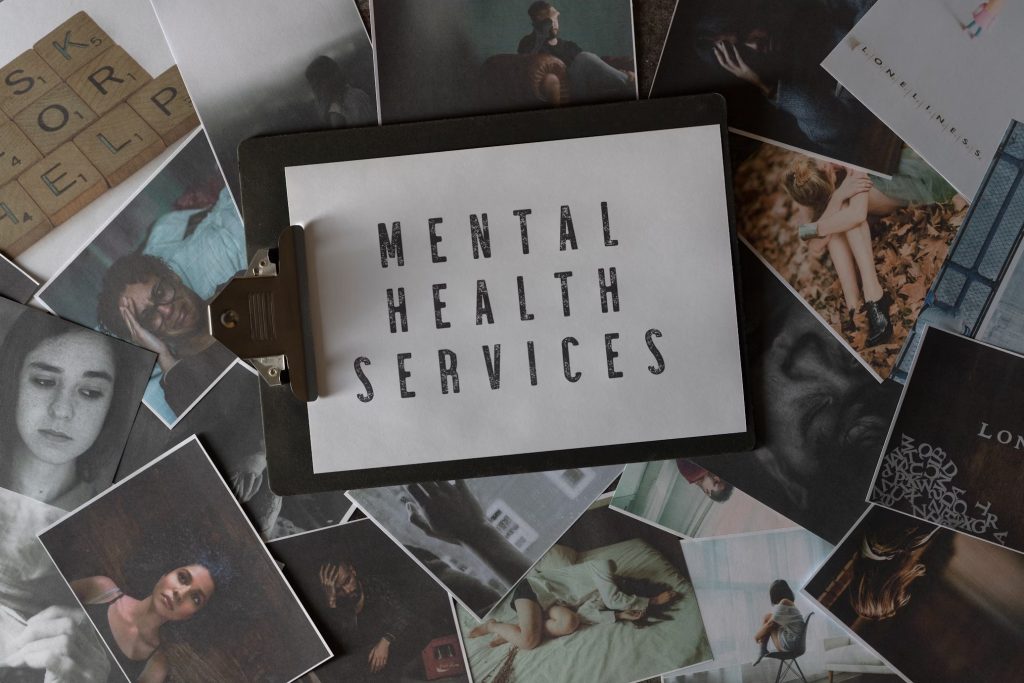
So, are mental health apps effective? As we can see – yes 🙂
And before we delve into our article, here’s a valuable resource of 9 emerging product trends in the healthcare industry for 2024: AI Companions, Interactive Education, Behavioral Design, etc. This book is not just a general description of trends but an explanation of why they work, with illustrative examples of apps for UI/UX/User Engagement inspiration.
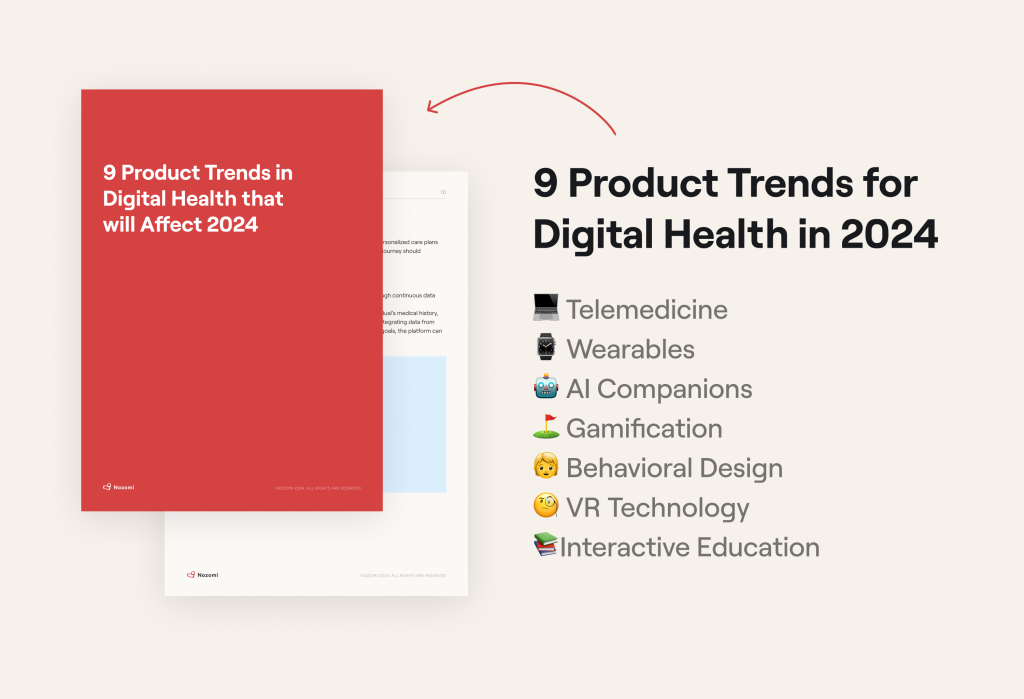
Download 9 Product Trends in Digital Health for 2024
Types of Mental Health Applications
How to come up with mental health app ideas? To begin with, it is necessary to define the niche in which you will operate, and then we will move on to the actual process of generating ideas and creating.
1. Applications for Counseling and Psychotherapy
Here people connect with licensed professionals for virtual counseling through platforms like Allbry. These apps offer accessible mental health support, allowing users to engage via messaging, voice, or video calls. For those interested in how to develop a mental health app focused on virtual therapy, this category presents an opportunity.
By the way, we also wrote about how to create a mental health app that attracted over 10,000 students across Sweden to its platform in 6 months.

2. Meditation and Mindfulness Apps
Apps like Headspace, guiding you through meditation and mindfulness exercises. These apps tailor sessions to cater to various needs, fostering relaxation and mental well-being.
3. Applications for Mood Monitoring
Such apps (like Daylio) dive into self-awareness, where you log daily emotions and activities. Track patterns, gain insights, and discover the factors influencing your mood over time.
4. Managing Stress Applications
Goal of these apps is to provide guided meditations, breathing exercises, and soothing sounds. Effectively manage stress and anxiety, enhancing relaxation and sleep.
Nice example: Microshift. And if you want to learn how to create a mental health app within 2 months, which includes 2 weeks of the discovery phase and 1 and a half month of product development, you can see it by the link.
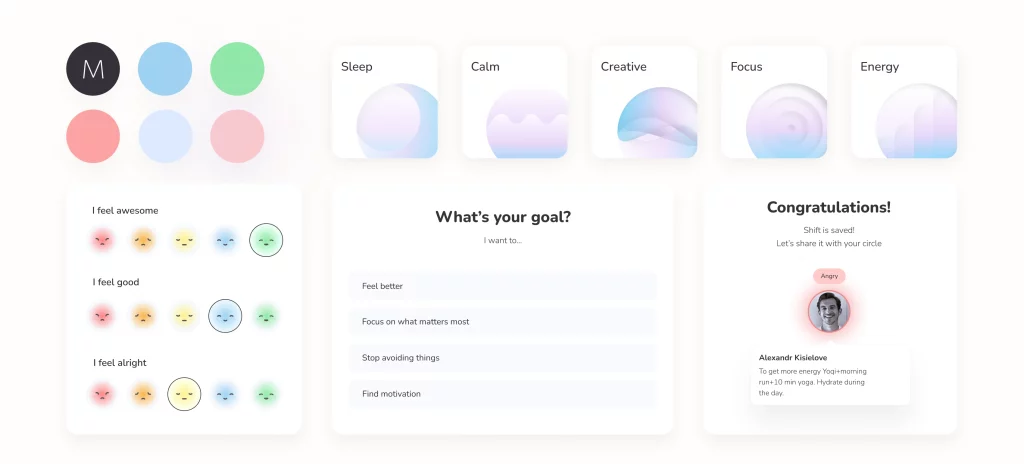
5. Apps for Peer Support in Mental Health
Here a focus on a supportive community on platforms like 7 Cups, connecting with trained listeners and peers. Share experiences and receive empathetic support, fostering a sense of understanding and community. Creating a mental health app centered around peer support can be a powerful tool for building a supportive network.
6. Behavioral Health Apps (CBT)
These mental health applications engage in interactive conversations and exercises. For instance, Woebot. Identify and transform negative thought patterns and behaviors, promoting positive mental health practices.
7. Applications for Recovery from Substance Abuse
This type gives support. For example, on the journey to sobriety with apps like Sober Grid. Connect with others, share milestones, and access resources within a supportive community for addiction recovery. Mental health app development in this space can provide essential support for those battling substance abuse.
8. Applications for Managing Eating Disorders
They should navigate the path to recovery like the ProgressMe app, designed to assist individuals in managing their relationship with food. Track meals, emotions, and find support on the road to recovery.
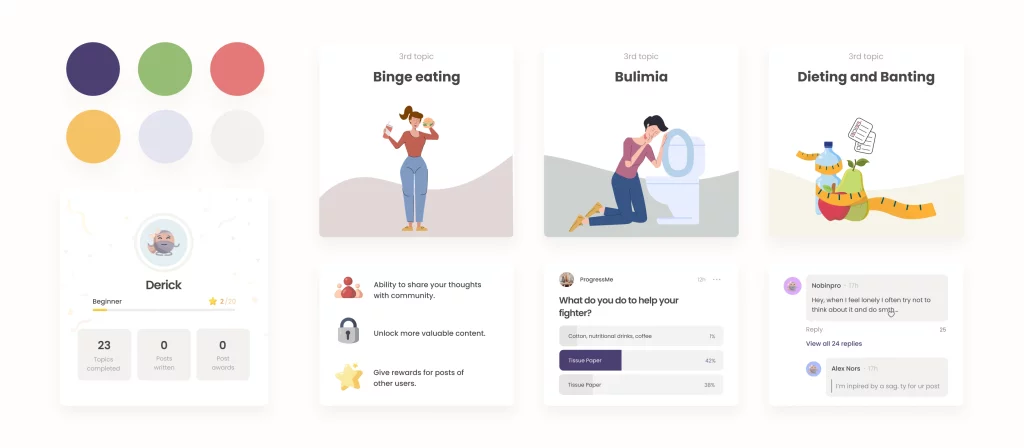
Selecting Essential Features for Your App
Now we can create mental health app ideas. Within the intricate realm of mental health apps, the identification and integration of the right features play a pivotal role. These features serve as the foundation of the app, ensuring efficient fulfillment of user needs, optimal user experience, and a distinctive presence in the competitive market. When embarking on mental health app development, carefully considering essential features is crucial for success. Here are the key features integral to mental health apps:
1. Secure user authentication: robust and secure user authentication safeguards user data from unauthorized access, fostering user trust and compliance with data protection regulations.
2. Personalized user profiles: users can input their preferences, needs, and goals, allowing the app to customize content, recommendations, and interventions to meet individual requirements.
3. Mood tracking and analysis: users can log their emotional states, providing valuable insights into emotional patterns, triggers, and overall mental well-being.
4. Cognitive behavioral tools: these tools assist users in identifying and challenging negative thought patterns and behaviors, facilitating effective management of various mental health conditions. This is especially useful for behavioral health apps.
5. Resource library: a comprehensive library featuring content on mental health topics provides users with valuable information, support, and serves as an educational tool.
6. In-app messaging and communication: this feature enables users to communicate with healthcare providers or peer support groups within the app, facilitating real-time support and interaction.
7. Emergency support and crisis intervention: features offering immediate support and crisis intervention with quick access to emergency contacts or immediate support can be crucial in crisis situations.
8. Reminders and notifications: customizable reminders and notifications assist users in maintaining a routine, managing medication schedules, and staying engaged with the app.
9. Privacy controls and data security: robust privacy controls and advanced data security measures assure users of the confidentiality and security of their data.
10. Feedback and support: a feature allowing users to provide feedback and access support enhances user experience and contributes to the continuous improvement of the app.
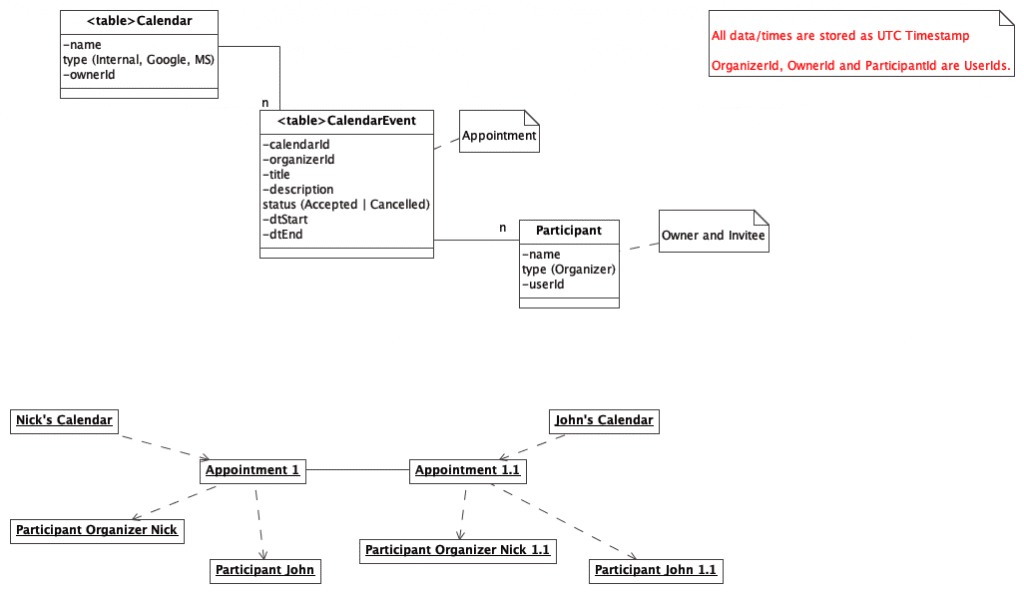
Blueprint for Mental Health App Development
Conducting Market Analysis
Put simply, this process entails utilizing search engines such as Google, Bing, Yahoo! or interacting with market representatives if such access is available. And no, we will not force you to make a SWOT analysis of the mental health app 🙂
Utilizing the search bar, your task involves delving into a variety of existing studies to discern the prevailing needs of consumers—those potential users within your specific market niche.
Consider a scenario where we reside in Sweden with a vision to revolutionize the Mental Health market. The pivotal question emerges: Who stands to gain the most from our upcoming product?
And behold! A discovery unfolds as we stumble upon a report detailing Mental Health Conditions among young people in Sweden. The findings reveal a significant reluctance among respondents to openly discuss their mental health concerns.
Adding to this, a concerning revelation emerges—many teenagers grappling with mental disorders lack access to professional assistance.
Next, it’s necessary to conduct Customer Development, but to avoid extending this point, we’ll provide a link to our other article on how to conduct research.
Clarifying Your Application’s Purpose and Features
Derived from your research, precisely articulate the intent of your application. Specify the mental health concerns it aims to tackle, define its target audience, and elucidate the solutions it brings to the table. Delve into the features that will underpin the app’s mission, emphasizing a design that is user-friendly, fosters engagement, and ensures efficacy in meeting user needs.
How to come up with features? We created a separate article about creative methods here.
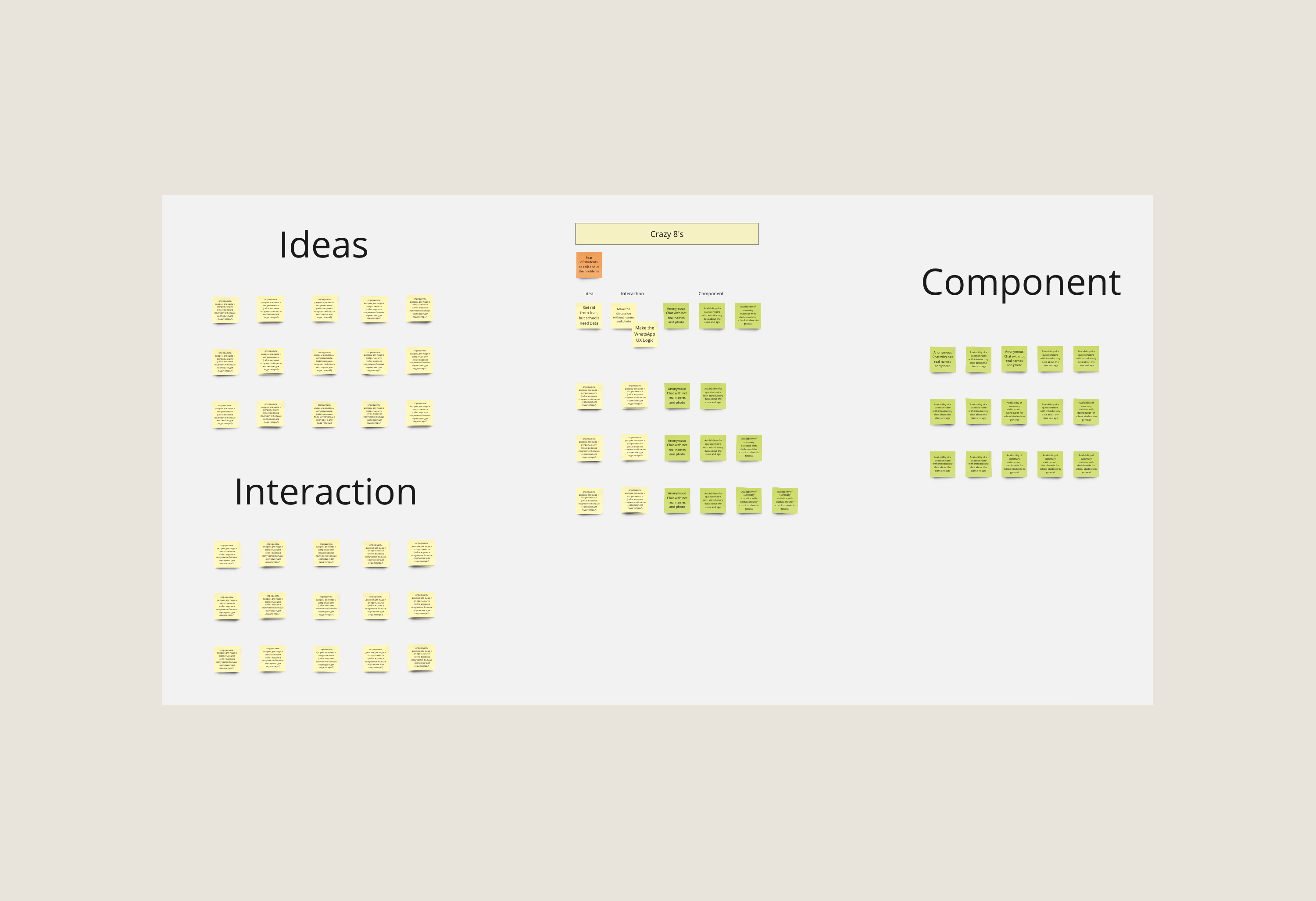
Building a Minimum Viable Product (MVP)
How do we envision the creation of this?
1. Let’s formulate four crucial questions, shaped by the partners’ concise input and data gathered during the Ideation Phase.
– who constitutes the primary user base, and for what specific purposes will they engage with this app?
– what visual format should the application adopt? What core message is conveyed through its visuals, including color schemes, fonts, illustrations, characters, and more?
– what characterizes the app’s voice and tone? Is it formal or casual? Does it adopt a friendly, authoritative, mentor-like, or alternative persona when addressing the user?
– what emotions and sentiments should the application evoke in its users?
2. Develop a comprehensive list of keywords that encapsulate the primary characteristics users should observe in terms of appearance and interaction. As an illustration, “helpful, simple, and minimalist” could exemplify these traits.
3. With all gathered information in hand, we transition to visual design concepts and moodboards. These moodboards incorporate various elements such as keywords, color palettes, typography, and examples of screens with detailed descriptions.
4. With our arsenal of data and insights, we embark on the synthesis of the best possible customer experience. We amalgamate UX wireframes, creative direction, and UI design to fabricate a prototype.
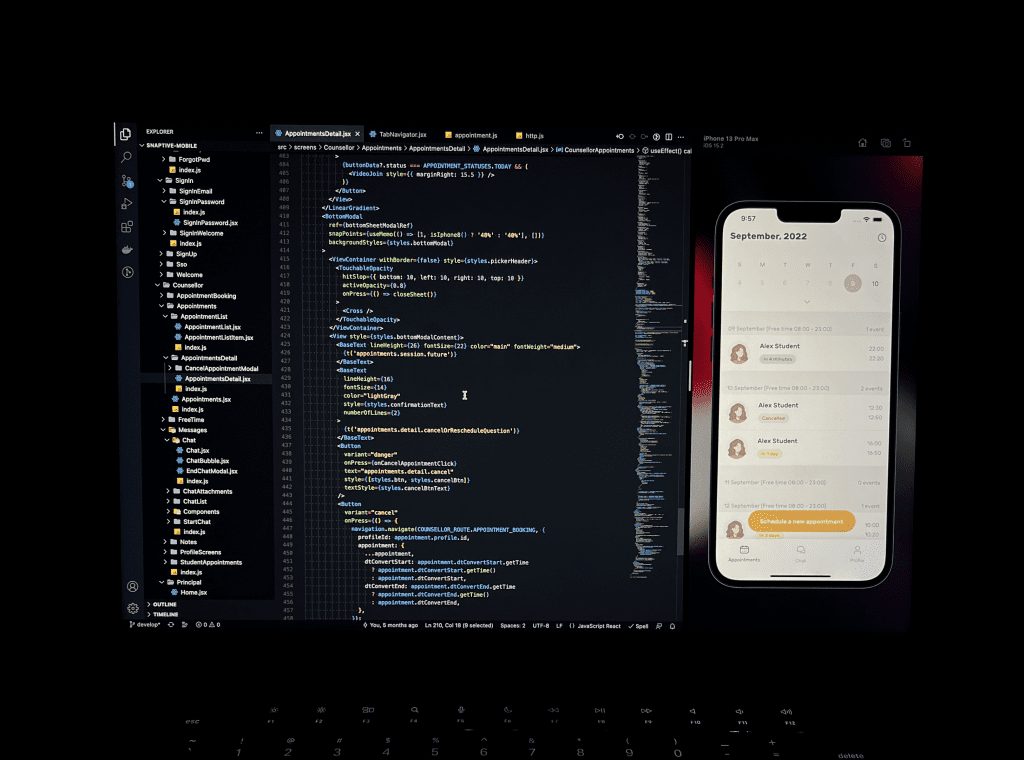
Figma serves as a proficient tool for crafting the prototype.
What merits consideration in the prototype? Aligning with international app best practices, our focus revolves around creating a comprehensive user journey within the application. This, however, incorporates thoughtful solutions to the previously identified problems.
User Tests
And the last point of mental health app development is user tests. In our interactions with various companies within the intricate realm of Digital Health products, a common observation has emerged: User Tests are often overlooked.
By immersing ourselves in the perspectives of all parties involved in testing users for healthcare applications, we glean valuable insights into their experiences. This understanding allows us to craft solutions tailored to meet their specific needs. How does one effectively conduct User Tests?
1. Aggregate the Target Audience:
– Utilize existing databases.
– Extend your reach to other spaces frequented by potential users, such as Facebook groups discussing relevant issues, thematic websites and forums, or communities/blogs of your competitors.
Note: It’s crucial to distinguish tech-savvy users from others, enabling an assessment of whether various demographics, including older individuals, can effectively use your product.
2. Prepare Questions and Tasks:
Develop a set of questions and tasks, incorporating elements like using specific buttons within the app. For instance, a task could involve locating the “find a chat” button.
3. Record Test Results:
– Assess if users retained the brand’s primary colors post-test session.
– Identify any navigational challenges encountered.
– Evaluate task completion rates.
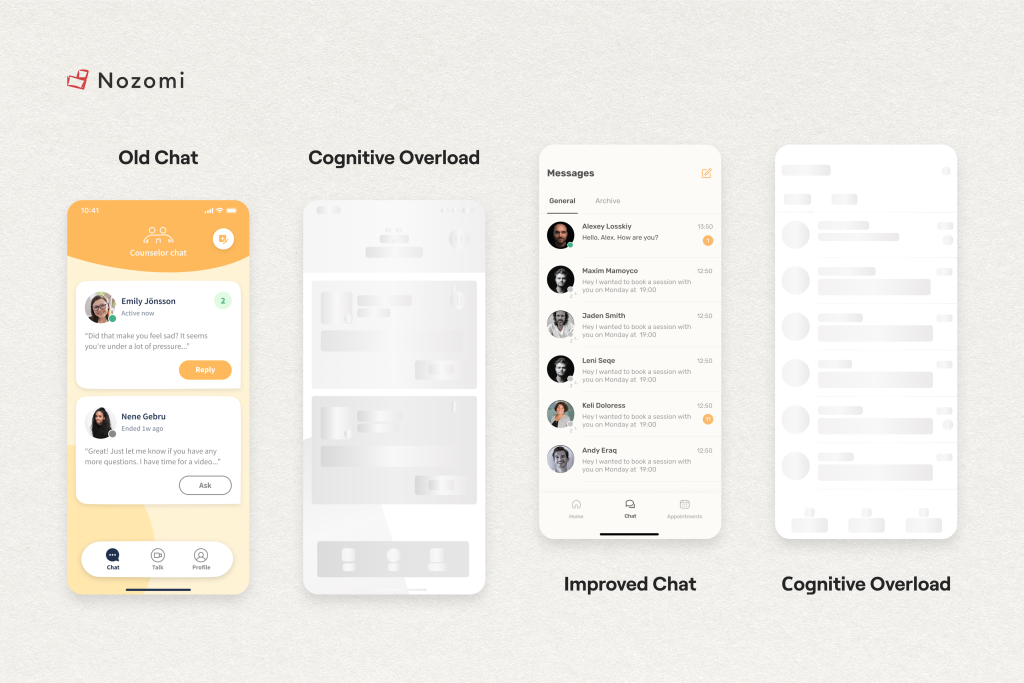
The meticulous execution of User Tests and the systematic recording of results offer a nuanced understanding of user interactions. Addressing questions of brand recall, navigation, and task completion lays the groundwork for refining and optimizing digital health products.
Continuous Updates and Iterations
Do mental health apps work? Sure, if you will think about updates.
In the ever-evolving digital landscape, continuous updates and iterations are paramount. This approach ensures the product remains aligned with user needs, adapts to technological advancements, addresses bugs promptly, enhances features, fortifies security, enables data-driven decisions, embraces agile methodologies, and ultimately, retains user satisfaction and a competitive edge.
It reflects a commitment to perpetual improvement and staying ahead in the dynamic digital realm.
And if you want to delve a bit deeper into development, process and UI/UX topics, we’ve also created a comprehensive guide on how to boost CX and user engagement:
1. Our best CX (UI/UX) practices to make an app not just used but loved
2. Product strategies to drive retention and engagement
3. Our best Engineering practices to build scalable solutions
4. Tips to ensure compliance with healthcare regulations
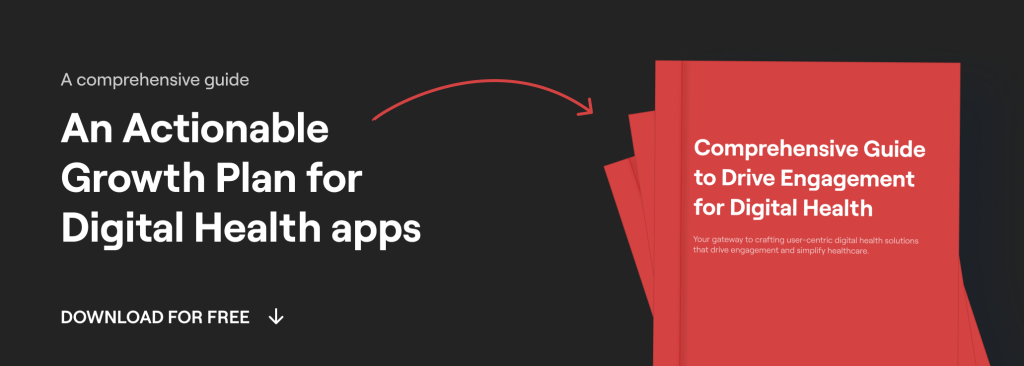
Download Free Actionable Insights to Grow your Digital Health app
Strategies for Monetizing Your Mental Health Application
Monetizing a mental health application requires a thoughtful approach that balances financial sustainability with the app’s primary goal of supporting users’ mental well-being. Here are several strategies for effectively monetizing your mental health application:
1. Subscription models: introduce subscription-based plans that offer premium features, exclusive content, or personalized services. Users can choose from different tiers based on their preferences and needs. This model ensures a steady stream of revenue while providing added value to paying subscribers.
2. Freemium model: adopt a freemium approach by offering a basic version of the app for free and charging for premium features or advanced functionalities. This allows users to experience the app’s core benefits before deciding to invest in additional services.
3. In-app purchases: implement in-app purchases for virtual goods, tools, or additional content. Users can enhance their experience by purchasing items within the app, contributing to revenue generation while maintaining accessibility to a wider user base.
4. Corporate partnerships: explore partnerships with corporations or organizations that are interested in promoting mental well-being among their employees. Offer customized versions of your app as part of employee wellness programs, creating a revenue stream through corporate collaborations.
5. Affiliate marketing: engage in affiliate marketing by promoting mental health-related products or services within your app. Earn a commission for each user who makes a purchase through your affiliate links, creating an additional revenue stream without directly charging your users.
6. Telehealth services: integrate telehealth services within your app, allowing users to connect with licensed professionals for virtual consultations. Charge users or healthcare providers a fee for facilitating these sessions, providing a valuable service while generating revenue.
7. Ad-based monetization: incorporate non-intrusive advertisements within your app to generate revenue through ad impressions or clicks. Ensure that the ads align with the app’s mission and do not compromise the user experience.
8. Educational courses and workshops: develop and offer premium educational courses or workshops within the app, covering topics related to mental health, well-being, or personal development. Users can pay for access to specialized content or expert-led sessions.

We trust this article proved valuable to you!
Wondering about us? We’re a digital health product studio dedicated to revolutionizing healthcare digital experiences and establishing new benchmarks for delivering impactful digital healthcare solutions.
We specialize in aiding healthcare startups in crafting and launching digital products, while also guiding healthcare organizations through transformative changes.
For insights into our expertise, explore our portfolio featuring case studies through this link or delve deeper into who we are here.
Reach out to us at m@nozomihealth.com, and let’s initiate a conversation on how we can contribute to ensuring your product delivers tangible benefits.


